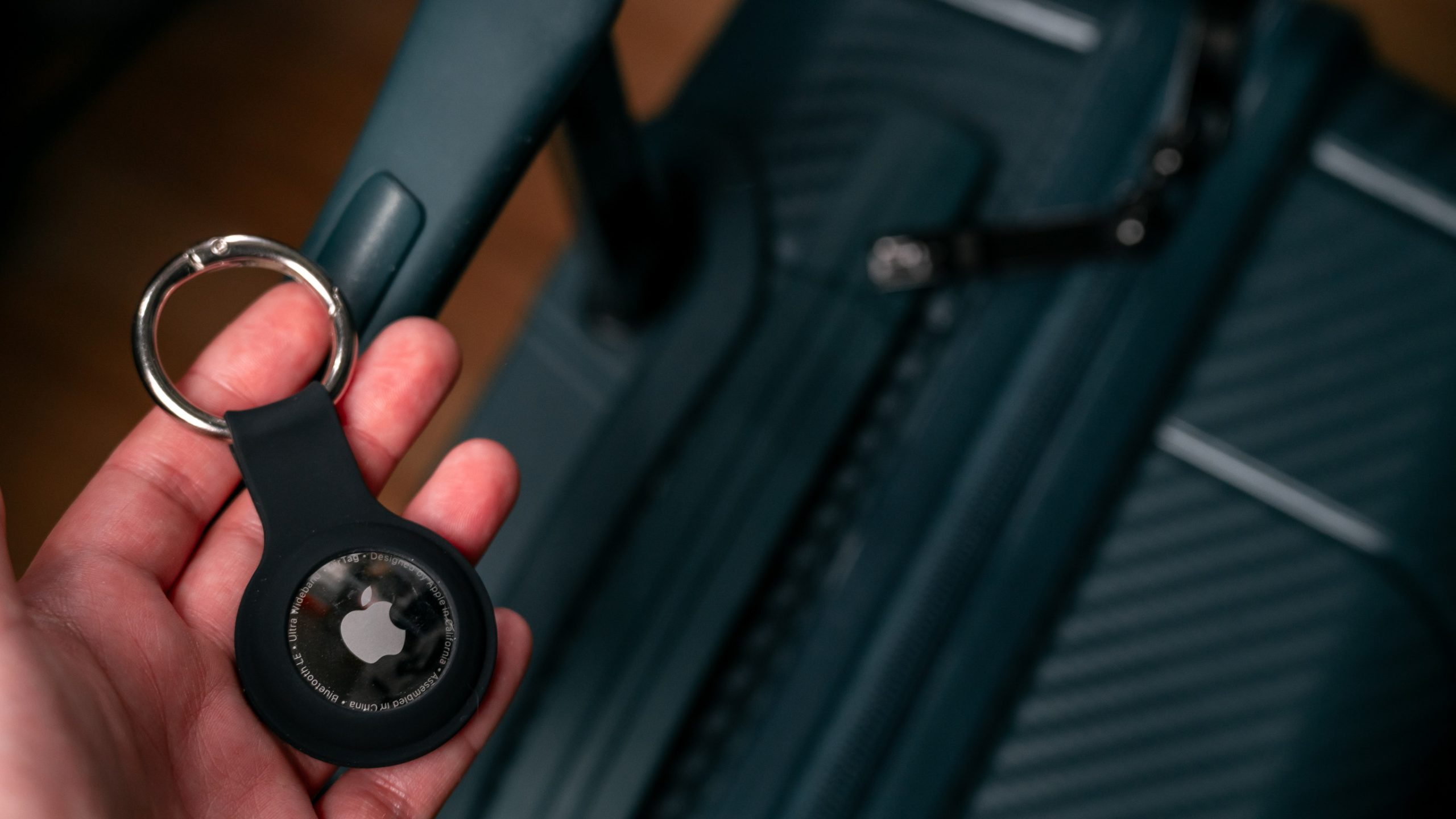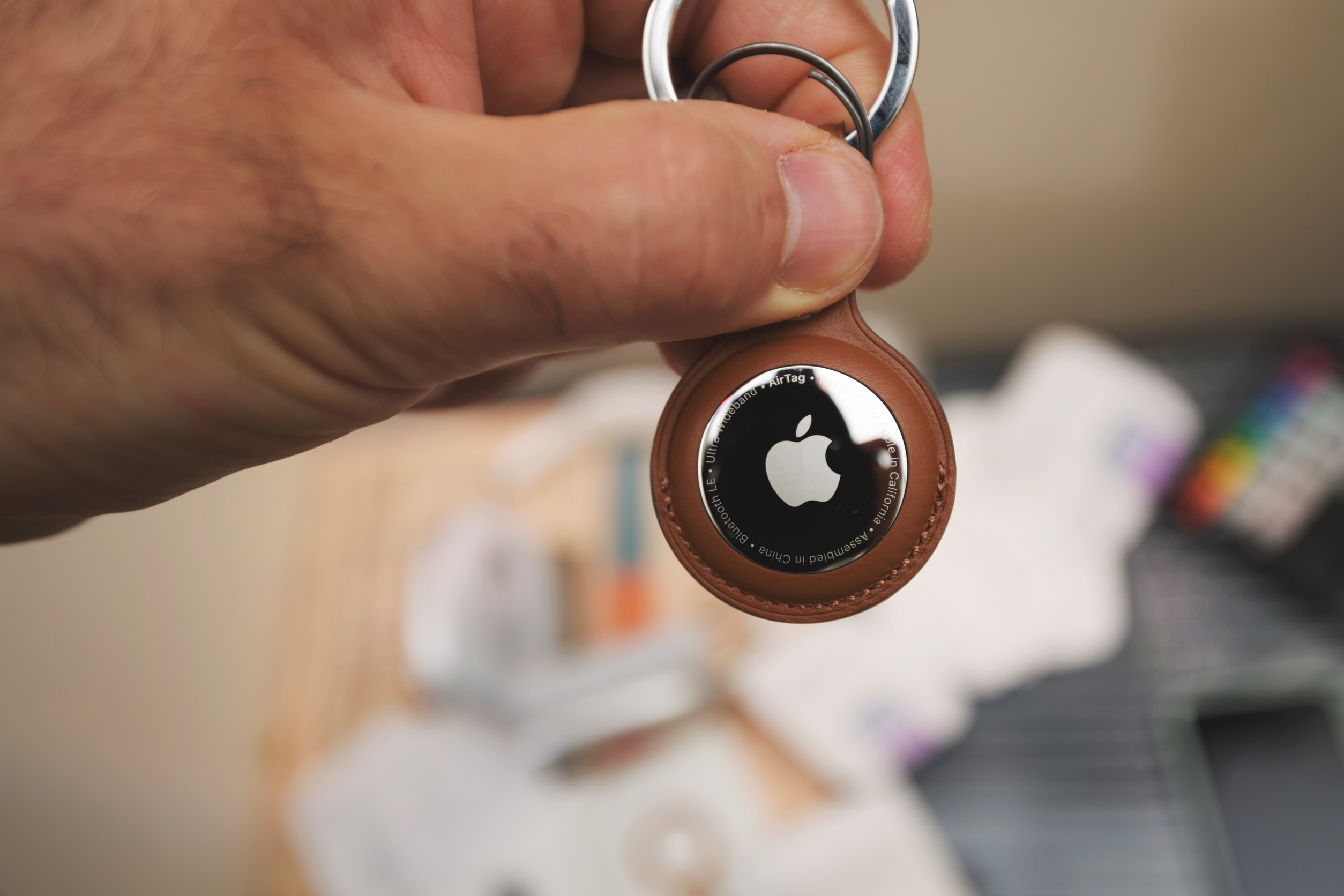
Imagine landing from a dream vacation, rolling your luggage off the carousel, and heading home—unaware that someone might now know exactly where you live.
That handy AirTag clipped to your suitcase just made it easier. Apple’s AirTag has become the go-to travel tech for keeping track of checked bags, but when it’s visible, it can open up a whole new set of risks. The convenience comes with a hidden cost, and it’s one that most travelers don’t consider. Thieves don’t need to steal your bag—they just need to track where it ends up.
The Power of Passive Tracking
AirTags work by piggybacking on the vast network of Apple devices around the world. Once a thief or malicious actor spots a visible AirTag, they don’t need to keep your bag—they just need to know it’s there. That little tag can quietly update its location through passing iPhones, relaying your bag’s movements in near real-time. If the bag goes home with you, so does the location data. It’s passive tracking, and it’s disturbingly effective.
Criminals Don’t Have to Guess Anymore
Before AirTags, someone would have to follow a person or dig through digital breadcrumbs to find a home address. Now, they can just check the tag they spotted on the luggage. After a few location updates, they can zero in on your residence without any high-tech skills. The device does all the heavy lifting and hands over your coordinates. All it takes is patience and the right timing.
Airports Are Perfect for Scouting Targets
Airports are crowded, fast-moving environments where people are often distracted and vulnerable. Criminals looking for soft targets have learned that baggage claim is a goldmine. When luggage rolls by with a bright, visible Air Tag, it screams opportunity. Spotting the tag is easy—tracking it is easier. By the time the bag is loaded into an Uber, it may already be under surveillance.
Apple’s Safety Alerts Aren’t Foolproof
Apple built anti-stalking features into AirTags, including alerts to nearby iPhones if an unknown tag is traveling with them. But those alerts don’t always arrive in time—or at all. Android users won’t receive automatic warnings, and delays in notifications can give bad actors a head start. A criminal doesn’t need hours to figure out where a bag is going. A short trail is often more than enough.
Home Isn’t the Only Vulnerable Location
It’s not just about where the bag ends up at night. If a traveler stops for dinner, a gas station, or a hotel, those locations can also be tracked. This information reveals patterns, routines, and possible secondary targets. For burglars or stalkers, knowing when someone is away from home is just as valuable as knowing where home is. A single tag can map out an entire lifestyle.

The Psychology of “Safe Tech” Can Backfire
Because AirTags are marketed for security, people tend to let their guard down. The mindset is that these devices prevent loss, not invite it. But criminals understand how trust in tech can become a weakness. A visible AirTag gives away more than people realize, especially if they think they’re being clever by keeping it front and center. Security theater can create real blind spots.
Visibility Makes You a Target, Not Just Your Bag
The whole point of a visible AirTag is to deter theft by saying, “This item is tracked.” But ironically, that very visibility can turn a person into a target. It tells a potential thief there’s a tracking device in play—something they can use just as easily. What looks like a smart defense becomes a tactical giveaway. When privacy is the goal, subtlety matters more than deterrence.
There’s No Need to Steal the Bag
Unlike traditional theft where the criminal needs to physically possess the object, tracking doesn’t require contact. Once the AirTag is spotted, all the thief has to do is monitor its updates. It’s the digital equivalent of tailing someone without moving an inch. The person thinks everything is fine because their luggage wasn’t touched. But in reality, they’re already compromised.
Returning Home Broadcasts Your Location
Most people travel from the airport straight to their homes, making it easy to correlate bag movement with a residential address. One ride from the airport can give away an exact home location. Even if the AirTag is removed later, the damage is done. That breadcrumb trail doesn’t disappear once it’s uploaded. And with public mapping tools, anyone can match that data to a street view.
Privacy Settings Can’t Save You From Exposure
AirTags don’t provide users with robust privacy customization beyond ownership identification. That means once a tag is visible, it can be traced by anyone willing to game the system. It’s not about hacking the device—it’s about using it as intended, just for the wrong reasons. Travelers can’t rely on the tag’s settings to block this kind of misuse. The real solution lies in how and where it’s used.
Luggage Isn’t the Only Risk
Once a criminal knows someone’s address, they can connect other dots. A luxury suitcase, expensive clothes, or travel destination stickers tell a story about a person’s lifestyle. That visible AirTag is just the tip of the data iceberg. It creates a bridge between anonymous travel and personal exposure. And that bridge can be crossed without breaking any laws.
The Risk Grows with Every Trip
Using a visible AirTag repeatedly makes it even easier for bad actors to track movements over time. They can identify routines, frequent destinations, and travel schedules. That kind of data turns someone into a predictable target. Consistency, in this case, breeds vulnerability. And what started as a helpful gadget becomes a roadmap for exploitation.
Out of Sight, Out of Risk
The simplest way to avoid being tracked is to make AirTags invisible to the public. Placing them inside luggage, under linings, or in hidden compartments removes the visual cue. If someone doesn’t know it’s there, they can’t use it against the owner. The tag still performs its function without giving anything away. Privacy should be built into placement, not just the product.
What Can Be Done to Stay Safe?
Travelers should rethink how and where they use tracking tech like AirTags. The goal is to stay in control of personal data, not hand it over. Knowing the risks means adjusting habits—like hiding tags or switching to less obvious trackers. A small change can close a big gap in security. In a connected world, being invisible is a strength.
Keep Your Privacy on Lock
AirTags are a smart tool in the right hands—but also in the wrong ones. A visible tag on your luggage can turn your tech advantage into someone else’s tracking device. Privacy isn’t just about what you keep hidden—it’s about what you unintentionally reveal. Use the tools but use them wisely. And when it comes to your home address, don’t give it away for free.
The line between convenience and exposure is thinner than it looks. Has this changed how you think about AirTags or travel tech in general? What steps would you take to protect your privacy when flying?
Drop a comment or share your thoughts—this conversation matters. The more people know, the safer everyone becomes.
Read More
10 “Secure” Payment Apps That Have Been Hacked This Year
10 Digital Wallets That Collect Your Biometric Data
The post How a Visible AirTag on Your Luggage Can Be Used to Track Your Home Location appeared first on Everybody Loves Your Money.







